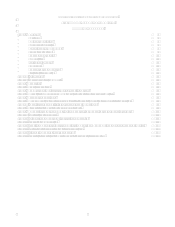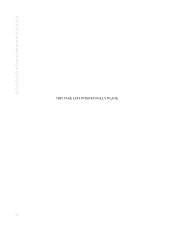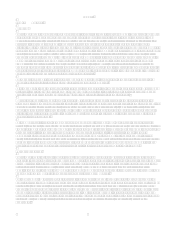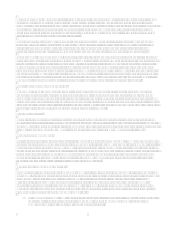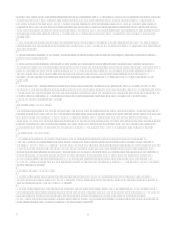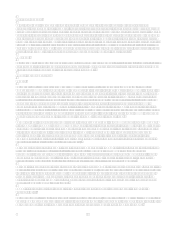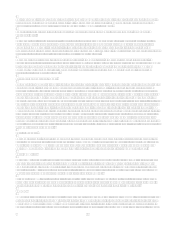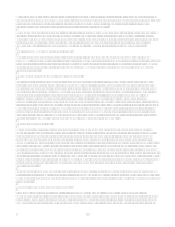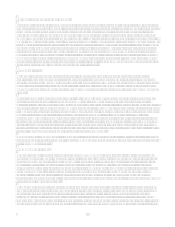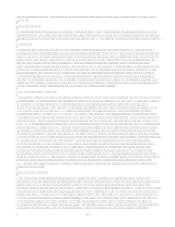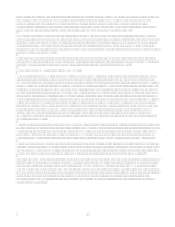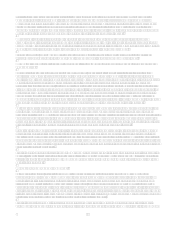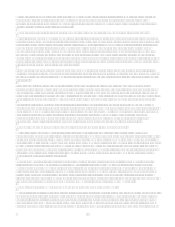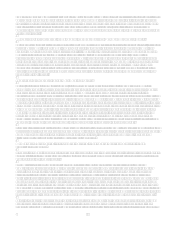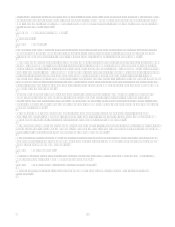Capital One 2006 Annual Report Download - page 31
Download and view the complete annual report
Please find page 31 of the 2006 Capital One annual report below. You can navigate through the pages in the report by either clicking on the pages listed below, or by using the keyword search tool below to find specific information within the annual report. 13
met the requirements for a well-capitalized institution. The well-capitalized classification is determined solely for the
purposes of applying FDICIAs PCA provisions, as discussed below, and should not be viewed as describing the condition or
future prospects of a depository institution, including the Banks. Were any of the Banks to lose their status as well-
capitalized they could be required to increase capital or lose access to deposits.
The Banks may accept brokered deposits as part of their funding. Under FDICIA, only well-capitalized and adequately-
capitalized institutions may accept brokered deposits. Adequately-capitalized institutions, however, must first obtain a
waiver from the FDIC before accepting brokered deposits, and such deposits may not pay rates that significantly exceed the
rates paid on deposits of similar maturity from the institutions normal market area or the national rate on deposits of
comparable maturity, as determined by the FDIC, for deposits from outside the institutions normal market area.
Liability for Commonly-Controlled Institutions
Under the cross-guarantee provision of the Financial Institutions Reform, Recovery and Enforcement Act of 1989
(FIRREA), insured depository institutions such as the Banks may be liable to the FDIC with respect to any loss incurred or
reasonably anticipated to be incurred, by the FDIC in connection with the default of, or FDIC assistance to, any commonly
controlled insured depository institution. The Banks are commonly controlled within the meaning of the FIRREA cross-
guarantee provision.
Investment Limitation and Qualified Thrift Lender Test
Federally-chartered savings banks such as the Savings Bank are subject to certain investment limitations. For example,
federal savings banks are not permitted to make consumer loans (i.e., certain open-end or closed-end loans for personal,
family or household purposes, excluding credit card loans) in excess of 35% of the savings banks assets. Federal savings
banks are also required to meet the QTL Test, which generally requires a savings bank to maintain at least 65% portfolio
assets (total assets less (i) specified liquid assets up to 20% of total assets, (ii) intangibles, including goodwill and
(iii) property used to conduct business) in certain qualified thrift investments (residential mortgages and related
investments, including certain mortgage backed and mortgage related investments, small business related securities, certain
state and federal housing investments, education loans and credit card loans) on a monthly basis in nine out of every twelve
months. Failure to qualify under the QTL Test could subject the Savings Bank to substantial restrictions on its activities,
including the activity restrictions that apply generally to bank holding companies and their affiliates and potential loss of
grandfathered rights under the GLBA. As of December 31, 2006, 76% of the Savings Banks portfolio assets were held in
qualified thrift investments, and the Savings Bank was in compliance with the QTL Test.
Subprime Lending Guidelines
On January 31, 2001, the federal banking agencies issued Expanded Guidance for Subprime Lending Programs (the
Guidelines). The Guidelines, while not constituting a formal regulation, provide guidance to the federal bank examiners
regarding the adequacy of capital and loan loss reserves held by insured depository institutions engaged in subprime
lending. The Guidelines adopted a broad definition of subprime loans which likely covers more than one-third of all
consumers in the United States. Because our business strategy is to provide credit card products and other consumer loans to
a wide range of consumers, we believe that a portion of our loan assets are viewed by the examiners as subprime. Thus,
under the Guidelines, bank examiners could require the Bank or the Savings Bank to hold additional capital (from one and
one-half to three times the minimally required level of capital, as set forth in the Guidelines), or additional loan loss reserves,
against such assets. As described above, as of December 31, 2006 the Bank and the Savings Bank each met the requirements
for a well-capitalized institution. Federal examiners, however, have wide discretion as to how to apply the Guidelines and
there can be no assurances that the Bank or the Savings Bank may not be required to hold additional regulatory capital
against such assets.
For purposes of the Subprime Guidelines, we treat as subprime all loans in the Banks and the Savings Banks programs
that are targeted at customers either with a Fair, Isaac and Company (FICO) score of 660 or below or with no FICO score.
The Bank and the Savings Bank hold on average 200% of the total risk-based capital requirement that would otherwise apply
to such assets.
Non-Traditional Mortgage Products Guidance
In September 2006, the Federal Financial Institutions Examinations Council (FFIEC) issued new guidance (the
Guidance) with respect to non-traditional mortgage products. Non-traditional mortgage products are generally defined as
residential mortgage loans that allow borrowers to defer repayment of principal or interest, such as interest-only loans and
payment-option adjustable rate mortgages. The Guidance places new restrictions and requirements on the origination and


